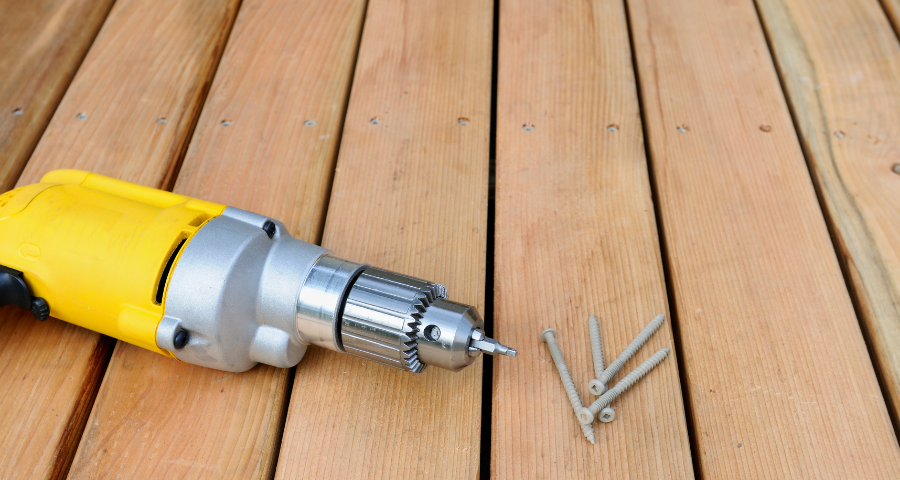There is no doubt that technology has made DIY easier. The same effort that we once had to put into a job can now be achieved more easily with power tools. The job can also be completed more quickly.
However, no matter how much technology advances, there will always be certain home repair situations where you need to call in an expert. For example, in an emergency like a roof collapse, even the most high-tech DIY tools will not be able to properly fix the damage. You’ll need to do a web search for “roofing companies near me” to quickly find professional roofers who can safely repair or replace your roof. The stakes are too high to DIY in cases of major structural damage.
Similarly, if the boiler in your house has any issues or if you wish to have one installed, seeking the assistance of a licensed plumber (click the link to locate such a professional) or HVAC technician is necessary. They possess the equipment and expertise required to ensure that the boiler is installed or repaired correctly, adhering to all safety standards and regulations.
That said, technology can make small DIY projects like painting, landscaping, and installing shelves much simpler for the average homeowner. While you still need to call the pros for big repairs, innovations in power tools have expanded the realm of what you can DIY on your own.
This article will explore just how things have changed so that we can see for ourselves the benefits of using power tools as opposed to just trying to tackle the job in an old-fashioned way.
Driving in Screws
Power tools have provided a means to now drive in a screw at speed and with the option to reverse the action at a similar speed. Also, cordless options have meant that we do not need to have any trailing cables that could potentially be hazardous.
It was in 1961 that Black & Decker brought out the first cordless power tool and DIY enthusiasts everywhere have taken advantage of the fact since then. No longer do we need to end up with a strained wrist or have to struggle driving a screw into a hardwood.
Drills
In 1978, Makita would create the first cordless drill by introducing its 601D. They were still a novelty as late as the 1980s.
The advantage of a cordless drill is that it allows a worker to drill a hole quickly and with ease without needing to worry about where there is a plug or tripping over a trailing extension lead when the job is far away from a power socket.
In terms of drilling, something that is both compact and lightweight will reduce the stress on the hand and make it easier to keep the drill bit straight. Apart from being able to accommodate drill bits for different materials, as with a conventional drill, with a power drill, you can also make holes using different speeds depending on the hardness of the material you are drilling into. The best results are achieved by starting slowing until a pilot hole is formed and then speeding up to drive the drill in for the required depth of the hole. Depth guides fitted help with that.
Routers
A router is considered a wonderful and versatile power tool to own because it is portable and capable of a range of jobs that involves both the cutting and shaping of wood. It can also be used on metal, plastic, and laminates. It is known that most woodworkers consider this tool the one that they would not want to be without.
Jigsaws
The term jigsaw derives from a special saw that was invented in the 1880s that cut jigsaws. The power tool nowadays is used to cut holes and shapes in wood that would be difficult to achieve with any other device. You would, for instance, need to drill a lot of holes to form a shape in the middle of a piece of wood without such a tool.
It was Albert Kaufmann, a worker at Swiss company Scintilla AG who invented the electric jigsaw. His inspiration came from seeing his wife’s sewing machine in action. That is the speed at which the needle moved up and down.
The jigsaw has become a very versatile tool that can be used to cut straight lengths of wood or shaped pieces with curves.
Lathes
It is very satisfying to use a chisel to carve a piece of wood. However, with the introduction of lathes, the process has become significantly easier and more efficient. By allowing the piece of wood or metal to rotate on its spindle, a wide array of regular shapes, like gracefully curved table legs or finely crafted bowls, can be effortlessly created. Traditionally, foot-powered lathes with simple string mechanisms were utilized to rotate the workpiece, but in modern times, the introduction of CNC machining has revolutionized the field. With the power of motors and the precision of CNC machines, the rotation of the product has become more efficient and precise. This advancement in technology has significantly transformed the manufacturing industry, encouraging businesses to order machined parts for their manufacturing needs and take advantage of the efficiency and high-quality craftsmanship this technology offers
To conclude, power tools have made it easier no matter what tool we are working with and whether we are into DIY or a professional tradesman. There is nothing to stop anyone from using the old method to drive screws in, we can still buy the screwdrivers, but there is no need to have to. It might rather depend on how many screws you have to drive in. Anything that makes the job easier and faster cannot be ignored.

